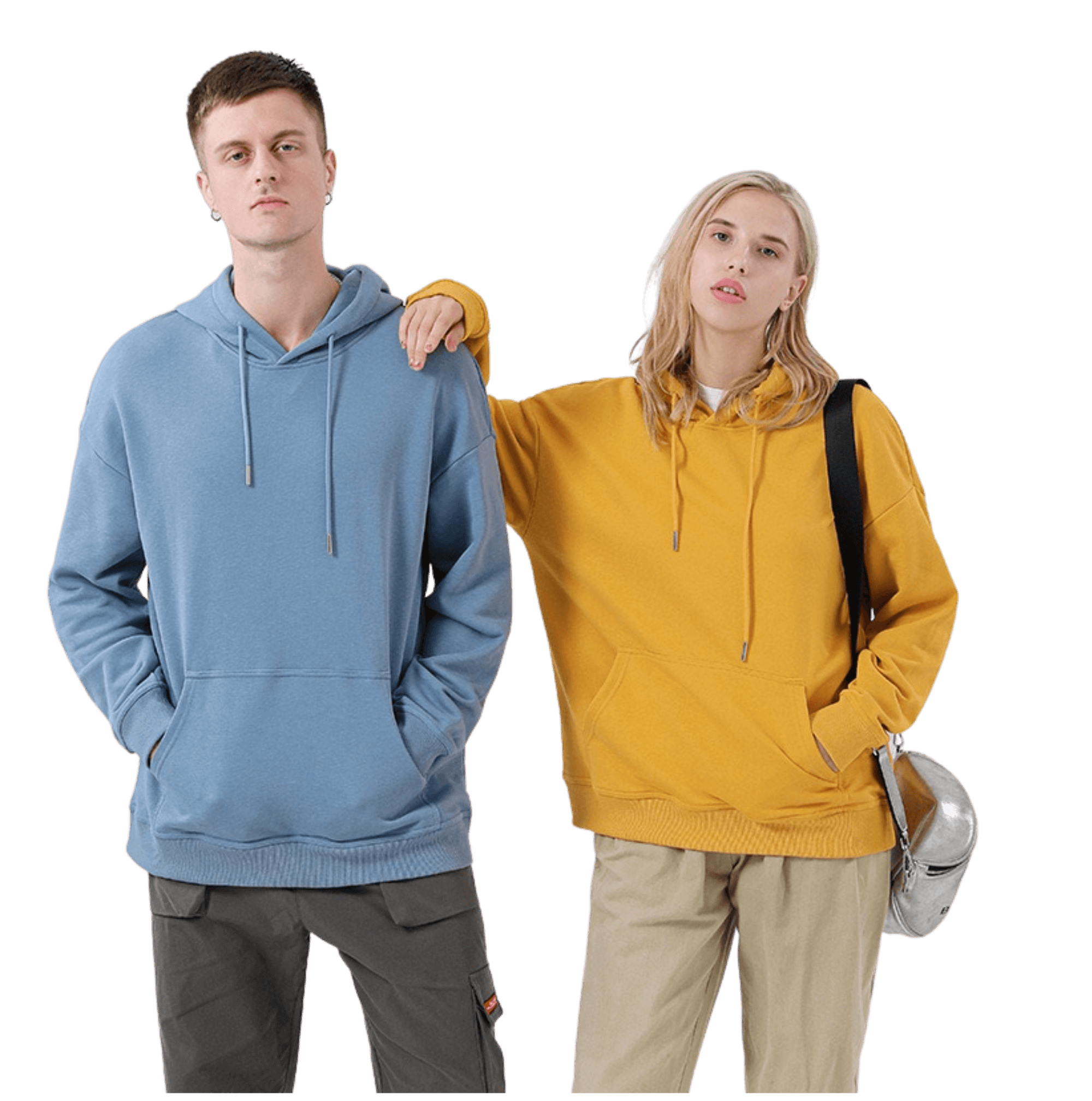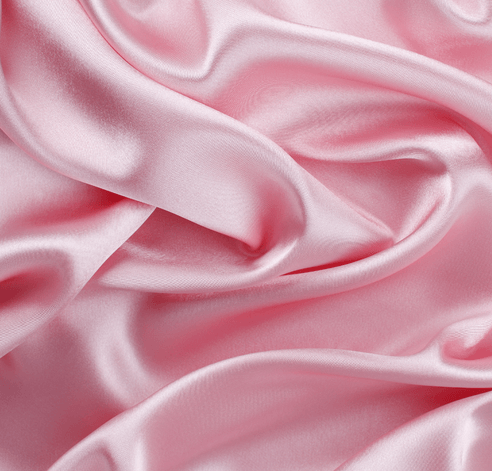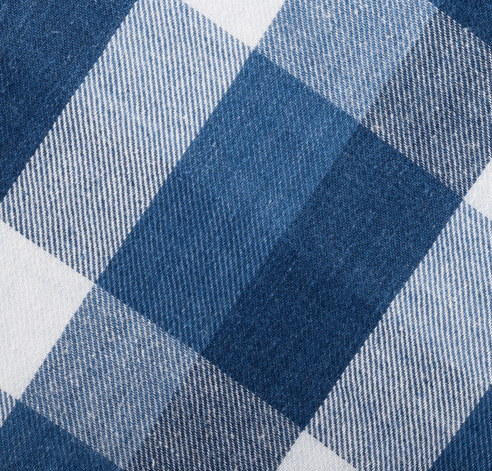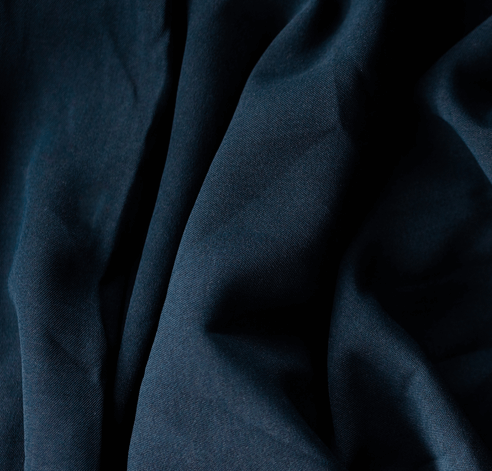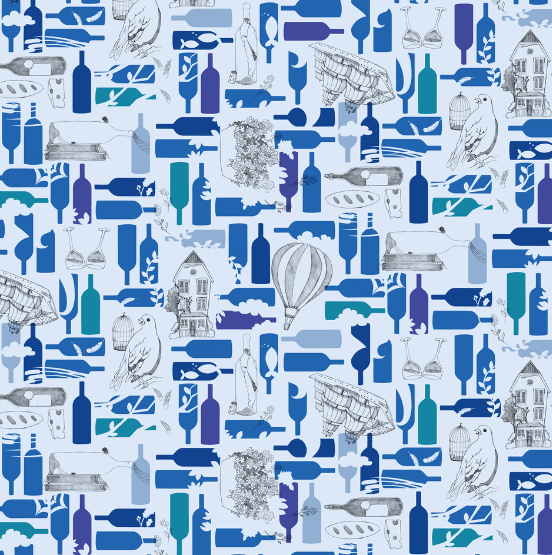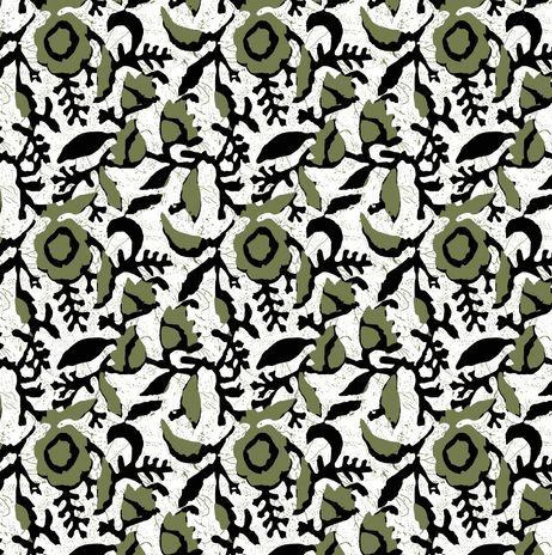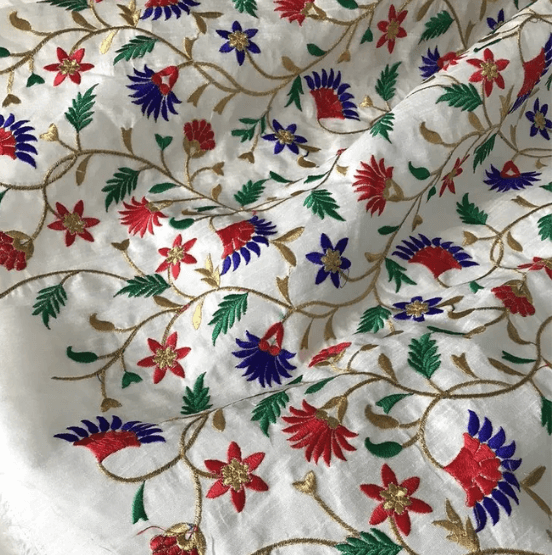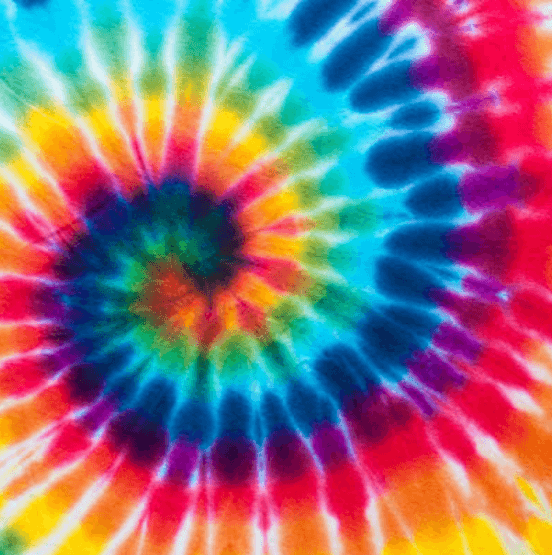1. Overview: The Rise of the Garment Industry
The garment industry profile has seen tremendous growth over the past few decades. This rise can be attributed to a number of factors, including:
- the increased demand for clothing
- the globalization of the marketplace
- the advancement of technology.
As a result of the growth in demand for clothing, China hat manufacturers, China dress manufacturers, hoodie manufacturers in China, and swimwear manufacturers in China have been able to expand their businesses and create new job opportunities.
The garment industry’s history has also played a significant role in boosting the economies of developing countries. Today, the garment manufacturing factory is one of the largest industries in the world, and it continues to shape the future of the global economy.
Here’s a video that will show you exactly how garments are made:
2. The 5 Main Garment Fabric Types
There are a wide variety of garment fabrics available on the market, and the type that you choose will depend on the garment that you are making. Some of the most common garment fabrics include:
| 5 Main Garment Fabric Types |
| #1 Cotton |
#2 Wool |
#3 Silk |
#4 Leather |
#5 Synthetic Fabrics |
| made from the fibers of the cotton plant |
made from the fibers of sheep |
luxurious garment fabric that is made from the fibers of silkworms |
made from the skin of animals |
made from man-made materials, such as polyester and nylon |
| known for its softness, breathability, and absorbency |
known for its warmth, durability, and absorbency |
warmth, durability, and absorbency |
known for its durability, flexibility, and strength |
often used to make garments that are resistant to wrinkles, stains, and moisture like sportswear |
| often used to make shirts, pants, and other garments |
often used to make coats, sweaters, and other garments |
often used to make coats, sweaters, and other garments. |
often used to make jackets, pants, and other garments |
|
These are the 5 main garment fabric types. When choosing a fabric for your garment, it is important to consider the properties of each type and how they will affect the garment that you are making to ensure that you choose the best fabric for your needs.
3. The Importance of Color in Garment Fabric Selection
When selecting a garment fabric, it is important to consider the color of the fabric as well. The color of the fabric can affect:
- the overall look of the garment
- the garment’s functionality
Some colors are more flattering than others, and some colors are better suited for certain types of garments. For example:
- Black is a good choice for pants and skirts because it gives them a slimming effect.
- Yellow is a good choice for summer clothes because it is bright and cheerful.
When selecting a garment fabric, it is important to choose a color that will complement the garment that you are making.
4. Sewing Techniques for Garment Construction
There are a few basic sewing techniques that all garment factories should know. These techniques will help you construct garments accurately and efficiently. Here are some of the most important sewing techniques for garment construction:
Seams
Seams are the most basic garment construction technique. They are used to join two pieces of fabric together. There are many different types of seams, but the most common are straight seams, zigzag seams, and French seams.
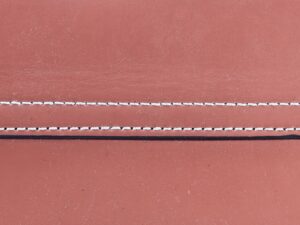
Hemming
Hemming is a garment construction technique used to finish the raw edges of the fabric. Hemming can be done by hand or by machine, and there are many different types of hems, such as blind hems, rolled hems, and topstitched hems.
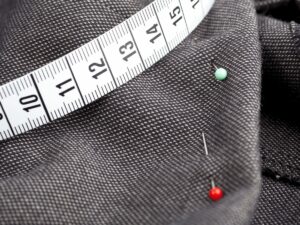
Darts
Darts are another garment construction technique used to shape fabric. Darts are usually triangular in shape and are used to create curves in the fabric.
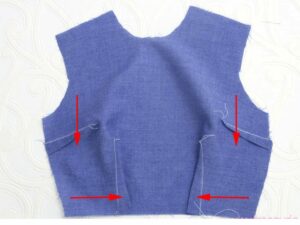
Gathers
Gathers are a garment construction technique used to create fullness in the fabric. Whether you work with blank clothing manufacturers or boutique clothing manufacturers, gathers can be created by hand or by machine, and there are many different types of gather, such as box pleats, knife pleats, and gathers.
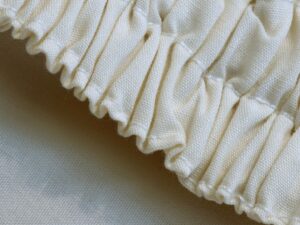
Buttonholes
Buttonholes are a garment construction technique used to create openings in the fabric for buttons. Buttonholes can be sewn by hand or by machine, and there are many different types of buttonholes, such as bound buttonholes, machine-sewn buttonholes, and hand-sewn buttonholes.
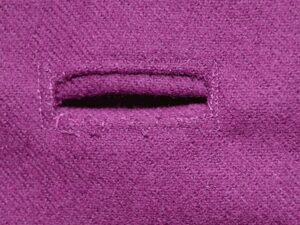
These are just a few of the most important sewing techniques for garment construction. There are many other garment manufacturing flow charts that you can learn, but these are the basics that all garments companies should know.
With these sewing techniques, any garment making factory will be able to construct garments accurately and efficiently.
5. Pattern Making and Grading for Garment Clothing
Pattern making and grading are two essential garment construction techniques that all garment manufacturers should know.
Pattern making is the process of creating a garment pattern from a garment sketch. It is an important step in garment construction, as it ensures that the garment will be the correct size and shape. Garment patterns are usually made from paper or muslin, and they can be created by hand or by machine.
Once the garment pattern is created, it must be graded to the correct size.
Grading is the process of creating a garment pattern in multiple sizes. Grading is important because it ensures that the garment will fit a range of body types.
Pattern making and grading are two important steps in garment construction, and any manufacturing garment factory should be familiar with both of these processes.
6. How To Start Your Own Garment Clothing Line Business
If you’re interested in starting your own garment clothing line business, there are a few things you need to know. Here are some tips on how to start your own garment clothing line business:
Step#1 Choose a Niche Market
The first step to starting your own garment clothing line business with a full package production clothing manufacturer is to choose a niche market. A niche market is a specific type of customer that you will target with your garments. For example, you could choose to target plus-size women, petite women, or men’s apparel.
This is an important step, as it will help you focus your marketing efforts and attract the right customers who are looking for a full package production clothing manufacturer to bring their vision to life.
Step#2 Find a Garment Manufacturer
Once you’ve chosen your niche market, you’ll need to find a garment manufacturer. This is the company that will produce your clothing. You can find garment manufacturers, including clothing prototype manufacturers, through online directories or by contacting trade associations.
When you’re choosing a garment manufacturer, it’s important to consider their experience, production capabilities, and price. You’ll also want to make sure that the manufacturer can produce clothing that meets your quality standards.
Step#3 Create Your Collection
Once you’ve found a garment manufacturer, including clothing line manufacturers, you’ll need to create your collection. These are the garments that you will sell to your customers. When creating your collection, it’s important to consider the trends in your niche market. You’ll also want to make sure that your garments are well-made and stylish.
Step#4 Promote Your Business
Once you’ve created your collection, you’ll need to promote your business. This can be done through online marketing, social media, and traditional advertising. You’ll need to make sure that your target market knows about your garments and how to purchase them.
Step#5 Start Selling Your Clothing
Once you’ve created your collection and promoted your business, you’ll need to start selling your clothing. You can do this through online retailers, wholesale garment suppliers, brick-and-mortar stores, or direct-to-consumer sales, sourced from women’s clothing manufacturers in China or children’s clothing manufacturers in China.
When selling your garments, it’s important to consider the price, quality, and availability of your products. You’ll also want to make sure that your customers are satisfied with their purchases.
These are just a few tips on how to start your own garment clothing line business. By following these tips, you’ll be on your way to success.
If you’re looking for garment manufacturers to help you get started, Hongyu Apparel is here to help. We offer a wide range of garment manufacturing services, from pattern making and grading to garment production and more. Contact us now to get started.
7. Why Consider Outsourcing Your Production to a Manufacturer
There are many reasons why you might consider outsourcing your garment production to a manufacturer. Here are a few of the most important reasons:
Cost Savings
One of the most important reasons to outsource your garment production is to save money. When you produce your garments in-house, you have to pay for the manufacturing cost, cost of materials, and overhead. These costs can add up quickly, and they can eat into your profits.
But when you outsource your garment production to a manufacturer, such as a fashion clothing manufacturers, low MOQ clothing manufacturer, best clothing manufacturer for startups, or small garment factory, you only have to pay for the cost of materials. This can save you a significant amount of money, and it can help you keep your prices low.
Increased Efficiency
Another reason to outsource your garment mass production is to increase your efficiency. When you produce your garments in-house, you have to deal with a lot of different tasks, from sourcing materials to shipping products. This can be time-consuming and frustrating.
But when you outsource your garment production to a manufacturer, you can focus on other aspects of your business. This can free up your time so that you can focus on more important tasks, like marketing and sales.
Access to Better Technology
When you outsource your garment production to a manufacturer, you’ll have access to better garment manufacturing technology. In-house garment production often relies on outdated methods and equipment. This can lead to poor-quality garments.
But when you outsource your garment production to a manufacturer, you’ll have access to the latest technology. This can help you produce high-quality garments that meet your customers’ needs.
Improved Quality Control
One of the most important reasons to outsource your garment production to cut and sew clothing manufacturers or white label clothing manufacturers, such as women’s dress manufacturers, is to improve your quality control. When you produce your garments in-house, it can be difficult to maintain consistent quality, which can lead to customer dissatisfaction.
But when you outsource your garment production to a manufacturer, you can be sure that your garments will meet your quality standards. The manufacturer will have strict quality control procedures in place to ensure that your garments are up to par.
These are just a few of the reasons why you might consider outsourcing your garment production to manufacturers, such as mens t shirt manufacturers, womens t shirt manufacturers, or sublimation t shirt manufacturers. So if you’re thinking about starting a garment business, be sure to consider outsourcing your production. It could be the key to your success.
If you’re thinking about starting a garment business, be sure to contact us at Hongyu Apparel. We’re a leading garment manufacturer with years of experience in the industry. We can help you produce high-quality garments at a fraction of the cost. Contact us today to learn more.
8. The Process of Working With a Manufacturer: From Design to Delivery
When you’re ready to start working with a garment manufacturer, there are a few things you need to keep in mind. The process can be complicated, and it’s important to have a clear understanding of the steps involved. Here’s a look at the process of working with a manufacturer, from design to delivery:
Step#1 Design
The first step in working with a garment manufacturer is to design your garments. This step is critical, and it’s important to take your time. You’ll need to create detailed specifications for your garments, including the fabric, colors, and style. Once you have your design ready, you’ll need to send it to the manufacturer.
Step#2 Sourcing
The next step in working with a garment production company is to source your materials. The manufacturer will need to purchase the fabric and other materials needed to produce your garments.
This step can be time-consuming, and it’s important to make sure that the garment supplier has all of the materials needed to produce your garments.
Step#3 Pattern Making
After the materials have been sourced, the next step is to create patterns for your garments. This step is critical, and it’s important to work with a skilled pattern maker. The pattern maker will use your design specifications to create a pattern for your garment.
Step#4 Sampling
Once the patterns have been created, the next step is to create samples of your garment. The samples will be used to test the fit, quality, and appearance of your garment.
Step#5 Production
After the sampling process is complete, the next step is to start production. The garment export factory will produce a large number of garments according to your specifications.
Step#6 Quality Control
Once the garments have been produced, the next step is to perform quality control, whether you’re starting a children’s clothing line, working with children’s t shirts manufacturers, or partnering with a kids dress manufacturer. This process will ensure that your garments meet your quality standards.
Step#7 Delivery
After the quality control process is complete, the next step is to deliver your garments to your customers. The garment production factory will ship your garments to you, and you’ll need to distribute them to your customers.
These are the steps involved in working with a garment producer. As you can see, the process is complex and time-consuming. But if you take your time and work carefully, you can be sure that your garments will meet your high standards.
9. Costs Associated When Manufacturing Your Own Clothing Line
There are several costs associated when manufacturing your own clothing line. Here are some of the most important ones:
Cost of Materials
The first cost you’ll need to consider is the cost of materials. You’ll need to purchase fabric, thread, buttons, and other materials needed to produce your garments. The cost of these materials will vary depending on the type of garment you’re making.
Cost of Labor
The second cost you’ll need to consider is the cost of labor. You’ll need to pay your garment makers, sample makers, and production workers. The cost of labor will vary depending on the country you’re manufacturing in.
Cost of Shipping
The third cost you’ll need to consider is the cost of shipping, whether you’re partnering with private label organic clothing manufacturers or fair trade clothing manufacturers. You’ll need to ship your garments to your customers. The cost of shipping will vary depending on the size and weight of your garment and the distance it needs to travel.
These are some of the most important garment factory costs you’ll need to consider when manufacturing your own clothing line. Be sure to take these costs into account when designing your garments to ensure that your business is profitable.
10. Things To Avoid When Starting Your Own Garment Clothing Line
There are several things you’ll need to avoid when starting your own garment clothing line. Here are some of the most important ones:
Working With Inexperienced Manufacturers
One of the most important things to avoid when starting your own garment clothing line is working with inexperienced garment manufacturers, whether you’re looking for custom jacket manufacturers, sweatshirt manufacturers, or sweatpants manufacturers. It’s important to work with a reputable and experienced garment stitching factory that can provide you with high-quality garments.
Make sure to read about the garment manufacturing company profile you’re considering. This will help you avoid any problems that may occur during the garment manufacturing process and will ensure that your garments meet your high standards.
Using Low-Quality Materials
Another thing to avoid when starting your own garment clothing line is using low-quality materials, whether you’re working with leather jacket manufacturers, varsity jacket manufacturers, bomber jacket manufacturers, or denim jacket manufacturers. You’ll need to use high-quality fabrics, thread, and other materials to produce your garments. It’s important to use high-quality materials so that your garments are durable and look great.
Skimping on Quality Control
One final thing to avoid when starting your own garment clothing line is skimping on quality control, whether you’re producing clothing items such as oversized t shirts, pima cotton t shirts, crop tops, or tank tops. This process is essential to ensuring that your garments meet your high standards. It’s important to perform quality control at every stage of the manufacturing process, from cutting the fabric to stitching the garment.
Doing so will help you avoid any defects in your garments and will ensure that they meet your customers’ expectations.
These are some of the things you’ll need to avoid when starting your own garment clothing line. By avoiding these mistakes, you’ll be able to produce high-quality garments that meet your needs and exceed your customers’ expectations.
11. Conclusion
The garment industry is one of the most competitive and challenging industries in the world. However, with the right knowledge and tools, your fashion brand can thrive in this market. At Hongyu, we have a wealth of experience and expertise in helping others succeed.
We’ve put together this ultimate guide to help you get started on the right foot. If you have any questions or need additional assistance, don’t hesitate to contact us.

